Prevent the rapid decline and death of your trees. Knowing how to identify and treat a disease-ridden tree will help you preserve and protect its health and well-being of the surrounding landscape.
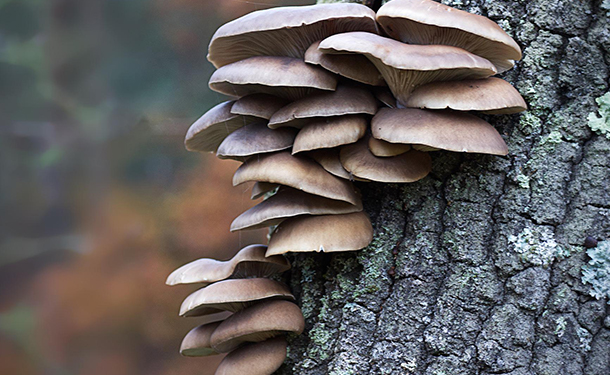
thetreecareguide.com gathered essential information and tips on how to identify and treat trees infected by hazardous diseases.
How do you identify a diseased tree?
Tree diseases primarily attack a tree’s vascular system, robbing it of crucial nutrients and water. While each disease has signature symptoms, the following are signs that your tree is under attack and may require your help to survive:
Bark Abnormalities – Healthy trees exhibit continuous bark without deep cracks or holes. These imperfections reflect that your tree is diseased, dying, and may break or collapse.
Dieback – Dead branches are common signs of disease and pose a significant risk of breaking. These branches should be removed as a safety precaution.
Poor Architecture – Normal tree growth is typically balanced and centered. When trees are growing unevenly, lopsided, or leaning too far in any direction, there may be a disease at play.
Leaf Discoloration (Chlorosis) – Discolored foliage occurring “out of season” on deciduous trees or any time on evergreen trees is a sure indication of disease.
Mushroom Conks – Mushroom growth is a widely recognized sign of disease and decay occurring within a tree. Soft or crumbling wood is another common sign of this decay.
Treacherous Tree Diseases
The following are aggressive and typically fatal tree diseases unless detected and treated in their early stages:
1. Anthracnose (Glomerella cingulata)
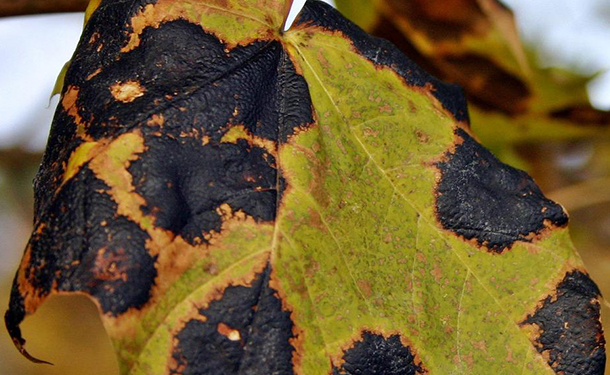
Description – Anthracnose is a group of fungal diseases that affect a wide variety of plants, shrubs, and trees in warm, humid areas. Shade trees like sycamore, ash, oak, and maple are highly susceptible, though the disease is found in a number of plants, including grasses and annuals worldwide.
Signs and Symptoms – Anthracnose symptoms include irregular brown spots or blotches on foliage and leaf malformation/distortion like curling or crumpling.
Health Risk – Anthracnose causes rapid and complete chlorosis, browning, and death of foliage, twigs, branches, and other plant tissue. Agriculturally, Anthracnose can reduce a healthy harvest to rotted waste in a matter of days.
Treatment – Remove and destroy (burn) infected plants in your garden. For trees, prune any dead wood and burn infected leaves.
2. Armillaria (Armillaria mellea)
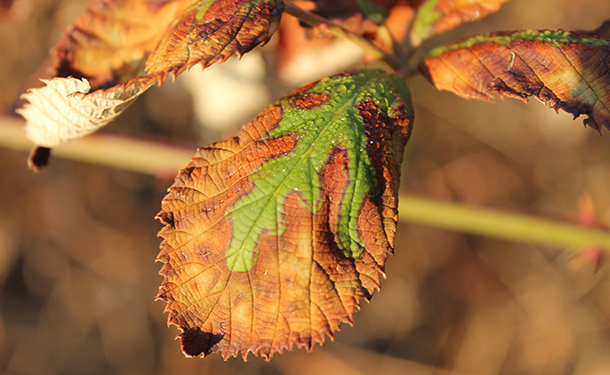
Description – Armillaria is a genus of fungi, including the A. mellea species known as honey fungi (and known as a form of root rot) that typically live on trees and woody shrubs.
Signs and Symptoms – Wilted, downward-hanging (drooping) leaves are often among the first apparent symptom of Armillaria root rot. Other typical symptoms include chlorosis, premature leaf drop, and upper limb dieback. During the wet fall and winter seasons, clusters of short-lived mushrooms may grow around the base of Armillaria-infected trees.
Health Risk – This disease severely impacts tree health and destroys root function and durability.
Treatment – Armillaria can be managed by the systematic removal of infected or dead trees, their stumps, and roots.
3. Ganodermia Lucidum (lingzhi mushroom or Ganoderma rot)
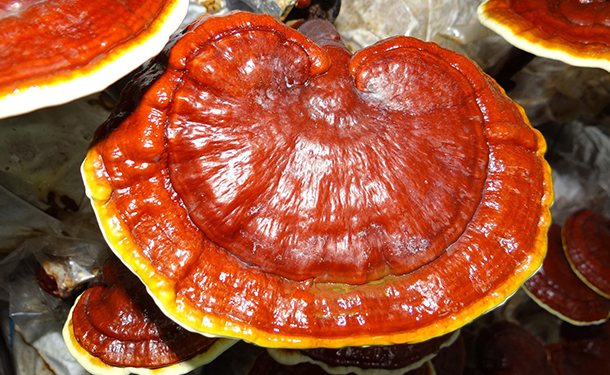
Description – Ganoderma rot is a white-rot fungus that causes tree trunk diseases. It can quickly kill trees and commonly attacks any palm tree species.
Signs and Symptoms – Trees affected by this fungus may exhibit chlorotic, wilting, or undersized leaves and severe dieback, slower growth, and more dead lower foliage than usual.
Health Risk – Affected trees are easily blown-down during rainstorms or windy periods.
Treatment – There are no cultural or chemical controls for preventing this disease or for curing it after infection occurs. An infected tree should be removed entirely and destroyed as soon as possible after the disease’s conks appear on the trunk. The stump and root system should be removed as well.
4. Inonotus Dryadeus (oak bracket or weeping conk)
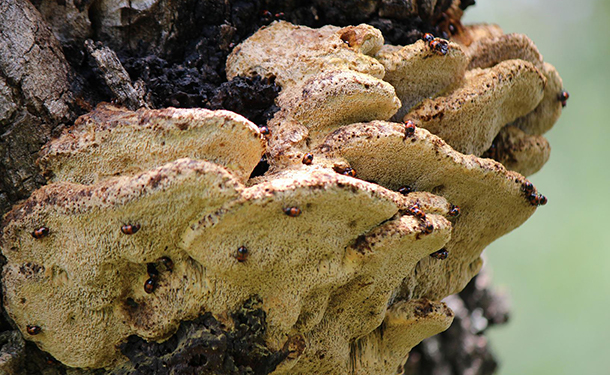
Description – This disease is a parasitic saprobic fungus, with spores infecting wounds on broadleaf trees like oak, maple, elm, and chestnut. Fruiting structures grow close to the ground on the trunk, are firmly attached, and appear either singularly or in clusters.
Signs and Symptoms – Infected trees will exhibit dieback, severe chlorosis, and general canopy decline.
Health Risk – Infected trees may topple before any symptoms are detected.
Treatment – As a parasitic fungus with no known cure, Inonotus dryadeus can quickly cause severe tree damage. An infected tree should be removed entirely and destroyed as soon as possible after infection confirmation.
Tree Diseases
In this article, you discovered signs and symptoms of hazardous tree diseases, how to treat them, and when to call for help.
Knowing how to identify and what to do when a tree is battling disease will help you take prompt actions to preserve the tree and protect others within its reach.
Ignoring diseased trees can result in rapid decline, death, and catastrophic damages in itself, surrounding trees, and landscape.
Sources:
extension.psu.edu/tree-diseases-that-create-hazards
ufi.ca.uky.edu/treetalk/planthealth-anthracnose
ipm.ucanr.edu/PMG/PESTNOTES/pn74171.html
plantclinic.tamu.edu/calendar2018/ganoderma-rot/